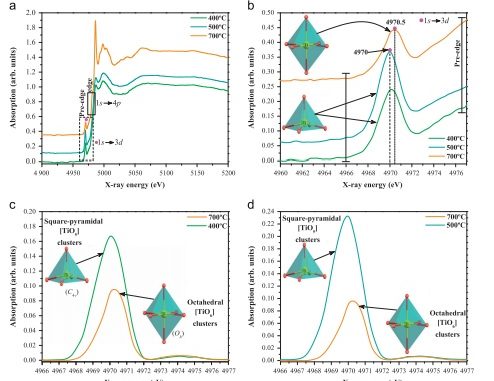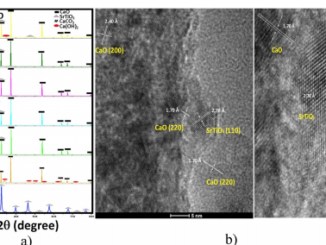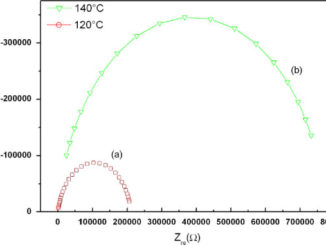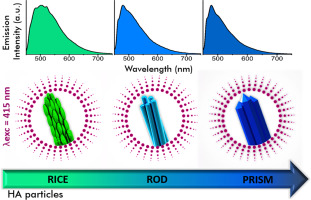
Local electronic structure, optical bandgap and photoluminescence (PL) properties of Ba(Zr0.75Ti0.25) O-3 powders
Abstract: Ba(Zr0.75Ti0.25)O3 (BZT-75/25) powders were synthesized by the polymeric precursor method. Samples were structurally characterized by X-ray diffraction (XRD), Rietveld refinement, X-ray absorption near-edge structure (XANES) and extended X-ray absorption fine structure (EXAFS) techniques. Their electronic structures were evaluated by first-principle quantum mechanical calculations based on density functional theory at the B3LYP level. Their optical properties were investigated by ultraviolet-visible (UV-Vis) spectroscopy and photoluminescence (PL) measurements at room temperature. XRD patterns and Rietveld refinement data indicate that the samples have a cubic structure. XANES spectra confirm the presence of pyramidal [TiO5] clusters and octahedral [TiO6] clusters in the disordered BZT-75/25 powders. EXAFS spectra indicate distortion of Ti–O and Ti–O–Ti bonds the first and second coordination shells, respectively. UV-Vis absorption spectra confirm the presence of different optical bandgap values and the band structure indicates an indirect bandgap for this material. The density of states demonstrates that intermediate energy levels occur between the valence band (VB) and the conduction band (CB). These electronic levels are due to the predominance of 4d orbitals of Zr atoms in relation to 3d orbitals of Ti atoms in the CB, while the VB is dominated by 2p orbitals related to O atoms. There was good correlation between the experimental and theoretical optical bandgap values. When excited at 482 nm at room temperature, BZT-75/25 powder treated at 500 °C for 2 h exhibited broad and intense PL emission with a maximum at 578 nm in the yellow region.
Author(s): Cavalcante, L. S.; Batista, N. C.; Badapanda, T.; et al.
Materials Science in Semiconductor Processing
Volume: 16 Issue: 3 Pages: 1035-1045 Published: 2013
DOI: https://doi.org/10.1016/j.mssp.2012.12.010




